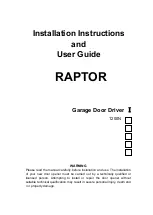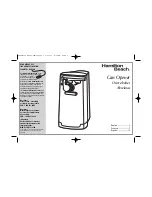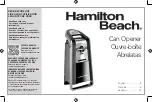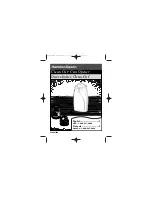
14
15
BL230-BL233
BL230-BL233
UK
UK
INSTALLATION DIMENSIONS
If it is not possible to maintain the dimensions indicated in the table, different measurements should be
calculated with reference to the following items:
•
For
b
= 90°
®
A + B = Cu
•
For
b
> 90°
®
A + B < Cu (
b
max 110°)
•
Dimension A must always be greater than the sum of dimensions D+d1.
•
In the event of very thick gates, with consequent difficulties in maintaining dimension D, it is possible to
increase dimension D; it is also advisable to increase dimension A by the same amount, in any case
observing the rules indicated above.
•
The difference between A and B must not exceed 50 mm
; greater differences cause a non-constant door
movement (drive/thrust force and movement speed vary during operation).
BL230
90°
170
160
740
120
62
330
b
A
B
C
D
E
Cu
BL230
90°
180
180
740
120
62
360
BL230
110°
130
150
740
90
62
340
BL233
90°
220
200
860
150
62
420
BL233
90°
240
240
872
150
62
477
BL233
110°
180
200
870
120
62
428
CORRECT OPERATION OF THE SYSTEM REQUIRES THAT THE INDICATED
DIMENSIONS ARE OBSERVED.
E
=
62
B
d
1
D
Cu
C
A
b
OPERATOR INSTALLATION
[ ]
• Verify and mark the most suitable securing centre for the front bracket of the operator
2
.
[ ]
• Use a level to mark the point on the pillar for securing the rear bracket
2
.
[ ]
• Identify a securing centre for the rear bracket in relation to dimensions
A-B
and
E
3
.
WARNING: if there are large pillars or walls, a niche should be prepared to ensure that dimensions
[ ]
A, B and E are observed
4
.
Securing the rear bracket:
- welding for metal pillars; (check the thickness of the column and if less than 5 mm fit a support plate of
[ ]
suitable dimensions so that the welds are made on the edge of the column; see
5
.
- if the pillar is in cement, the bracket can be fixed with plugs or masonry by means of an appropriate
[ ]
extension
6
.
• Take the operator and move the lead screw fully forwards as far as the block, then back of by 5-10 mm; this
operation can also be performed manually by releasing the operator (see release device).
[ ]
• Fix the front bracket onto the operator
7
.
• Place the door in the closed position in relation to the mechanical stops and secure it with a clamp.
[ ]
• Fit the operator on the rear bracket using the pin supplied
8
.
• Place the front bracket at the point previously marked at stage 1 and use a level to check the flatness of the
[ ] [ ]
operator; mark the point for exact securing of the front bracket
2
3
.
• Remove the operator from the rear bracket.
• Remove the front bracket of the operator.
• Fix the front bracket at the point marked.
Securing the front bracket:
- welding for metal gates; (check the thickness of the tubular element where the bracket is to be welded; if less
than 5 mm, fit a support plate of suitable dimensions so that the welds are made on the edge of the tubular
[ ]
unit
9
.
- for gates in non-metal materials, a 5 mm shim plate is required. With n°4 holes, weld the bracket to the centre
[
]
of the plate and secure everything with 8 mm through screws
10
.
• Release the operator (see release device).
• Fit the operator on the brackets.
• Open and close the door manually, performing complete opening and closing travel. Movement must be
smooth and the lead screw, for both opening and closing, should not reach the mechanical block. If this is not
the case, review brackets positioning.
[
]
• Make the electrical connections between the operator and the control unit with reference to the diagram
1c
,
using 1,5 mm² cores.
It is advisable to leave a free cable length of at least 40/50mm. To facilitate electrical connections, the
operator can be temporarily turned upside-down.
Содержание BL230
Страница 19: ...19 BL230 BL233 NOTE NOTES ...






































